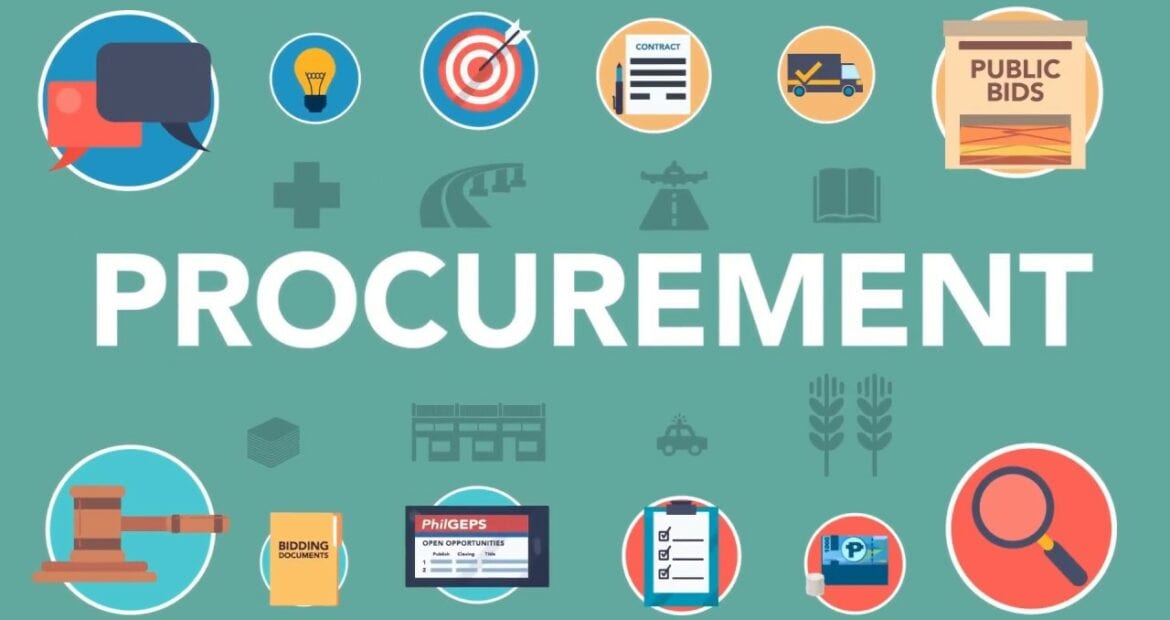
Procurement Automation: Your Best Bet for Growth
Is there a way to optimize your procurement processes without having to make a massive investment in IT? Can you eliminate manual processes and their associated errors? Is there a way to eliminate expensive invoice processing?
It goes without saying that procurement processes can involve a wide variety of third-party vendors such as business partners and consultants, along with legal, supply chain management, and various department needs. Yet, data can be difficult to locate and the success of a procurement process may simply revolve around the fact that no one complained – yet.
Unfortunately, many SMBs spend a large portion of their sales revenue on procurement. Nonetheless, simple enhancements – such as automation – to the procurement process can perform the double duty of reducing costs and boosting productivity.
For SMBs, with their limited resources, the focus is often on overarching operations as opposed to specific procurement business functions. But, when you can empower your procurement team with an automated tool, then you can improve supplier relationships and make the right purchases for your business – on a more consistent basis. Further, all parties are satisfied.
When you utilize automated procurement, you can prevent your teams from engaging in trivial tasks so that they have more time to focus on their core functions and responsibilities. Also, you decrease human error.
Certainly, these are all specific reasons why many SMBs are opting for automating procurement, but there are many other advantages as well. Keep reading to learn more.
Get Out of the Time Rut
Within the procurement cycle, or purchasing cycle, there are several stages such as research, bidding, vendor selection, negotiations, and approval. Depending on the current processes you already have in place, this can take much more time than necessary.
Why not speed up your processes with procurement automation? You could reduce the cycle by days, or even weeks. If you’re interested in adopting lean principles, automation would be the route to take.
Plus, there are huge amounts of paperwork that needs management. In contrast, procurement automation can save time by transitioning documents from paper to digital. Not only do you save on paper and physical storage costs, but you inherently speed up all your cycles and processes.
Get Your Supplier Relationships on the Same Page
For the health of your SMB, it is vital to have strong supplier relationships. Although, this can be difficult in a highly competitive environment. To get there, you need true transparency. The good news is automation enables real-time interaction and order tracking. In addition, an automated system lets your suppliers respond more quickly and your company can select a supplier more quickly. Moreover, the process is transparent for all parties involved which means a much faster resolution process in the event of a complaint or misunderstanding. It is a win-win situation for all.
Monitor Every Interaction
When your company opens up a bidding war, this means you increase your chances of finding a vendor who can meet your budget. At the same time, it can get quite complicated to manage every interaction with all of your potential vendors. Further, no one likes filtering through hundreds of email messages trying to find the most recent interaction. Unquestionably, this is a scenario where mistakes can happen and messages will get missed.
With an automated procurement tool, you can quickly access all associated documents and RFP responses. In fact, you can even monitor every single interaction in real time.
Enjoy More Control
SMBs often face the daunting challenge of limited visibility during one-or-many stages of the procurement process. Invariably, low visibility can become even more prevalent during indirect procurement. One of the quickest ways to overcome this hurdle is with an automated procurement tool.
It’s imperative to have a visual representation of how much you’re spending on every purchase. Many SMBs have finite resources which means it would be quite beneficial to determine where you could cut back on expenditures. As a result, you feel more control over your budget and can improve your revenue outlook.
How Can You Tell if Your Procurement Processes are Ready for Automation?
Part of the decision-making process around an automated procurement tool is knowing which of your tasks are ready to be automated. So then, it is critical to execute a thorough assessment – and analysis – of your current processes and which are redundant/repeatable where automation can take over to save both time and money.
For instance, if your company requires a lot of legal input during the buying process, then you could automate this portion by utilizing pre-approved negotiations so that your legal team can focus on higher-level tasks.
There isn’t any reason why the SMB procurement process should not replicate the enterprise in terms of purchasing, employee training, and automation. SMBs want to grow, and automated buying practices help to provide transparency, facilitate tracking, offer convenient reporting, and most importantly, assist in managing costs to set the stage for expansion.
Final Thought
Searching for a comprehensive automated procurement tool to effectively manage your processes? When SMBs streamline how they purchase goods and services, they create more value and become an organization that vendors – and customers – enjoy.
Learn how an automated system can streamline your procurement process – contact Premikati today for a free consultation!

